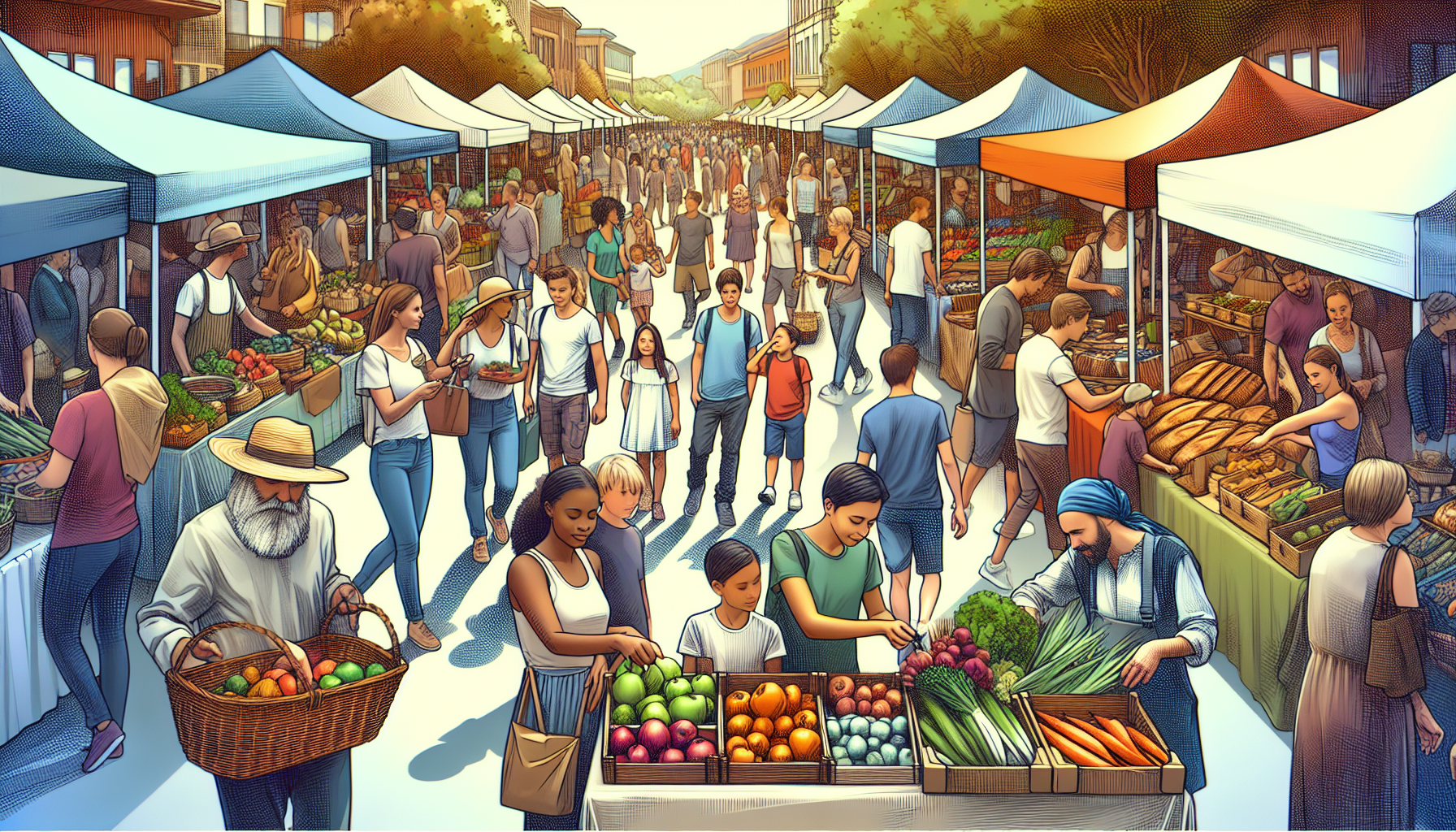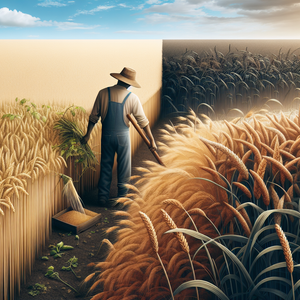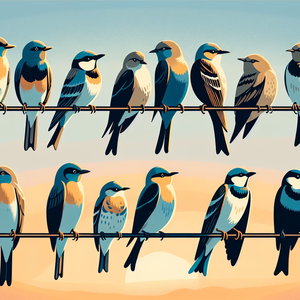The Color of Sound: Exploring Synesthesia and the Spectrum of Sensory Perception

The term synesthesia derives from the Greek word "synaesthesis," which translates to "joint sensation." This condition manifests in various forms, with each individual experiencing unique sensory crossovers. Common manifestations include grapheme-color synesthesia, where letters or numbers evoke specific colors. For example, a synesthete might see the letter "A" as a vibrant red and the letter "B" as a calming blue. Other forms of synesthesia involve tasting flavors when reading words or perceiving sounds as colors. The diversity of these experiences illustrates the complexity of human perception and highlights the subjectivity inherent in how we interpret stimuli.
The Neuroscience Behind Synesthesia
Recent advancements in neuroscience have shed light on the mechanisms underlying synesthesia. Research utilizing functional MRI scans suggests that synesthetes often exhibit increased connectivity between sensory regions of the brain. This heightened connectivity allows for cross-activation; when one sense is stimulated, it inadvertently activates another. For example, when a synesthete hears a musical note, not only does the auditory cortex engage, but areas associated with color perception also light up, resulting in the vivid visualization of colors. This neurological wiring provides a fascinating insight into how our brains process sensory information, potentially altering our understanding of cognition and perception.
Synesthesia and Creativity
One of the most compelling aspects of synesthesia is its profound connection to creativity. Numerous renowned artists, musicians, and writers have reported synesthetic experiences that enhance their creative processes. For instance, musician Pharrell Williams has spoken about how he perceives music in colors, claiming this unique perspective fuels his creativity. Similarly, painter Wassily Kandinsky, known for his abstract compositions, often expressed his emotional responses to music through color in his artwork. These examples illustrate how synesthesia can foster innovative thinking, allowing individuals to develop unique perspectives that lead to groundbreaking artistic and scientific achievements.
Implications for Learning and Development
Understanding synesthesia also has practical applications in education and cognitive development. By acknowledging that individuals perceive the world differently, educators can create more inclusive learning environments. Techniques that engage multiple senses—such as using colors to teach letters or numbers—can cater to diverse learning styles and enhance memory retention. For example, incorporating color-coded materials in classrooms may help students with synesthetic tendencies connect concepts more effectively. Furthermore, studying synesthesia may provide insights into optimizing cognitive function and sensory integration for all learners, regardless of whether they experience this condition.
Cultural Perspectives on Sensory Perception
The phenomenon of synesthesia invites us to consider how culture shapes our sensory experiences. Different societies may associate colors with distinct emotions or concepts. In Western cultures, for instance, the color red often symbolizes danger or passion, whereas in other cultures, it may represent luck or happiness. These cultural interpretations highlight the subjective nature of sensory perception and underscore how our environments influence our understanding of the world. As we explore synesthesia, it becomes clear that sensory experiences are not universally defined but rather shaped by individual and cultural contexts.
Synesthesia is more than just a fascinating neurological condition; it offers profound insights into the intricacies of human perception and cognition. By examining the intertwining of senses, we can appreciate the rich diversity of sensory experiences that exist beyond conventional understanding. As researchers continue to unravel the mysteries of synesthesia, we may uncover valuable lessons about creativity, learning, and the interconnectedness of our sensory world. In a society that often emphasizes singular sensory experiences, embracing the spectrum of perception represented by synesthesia can deepen our understanding of what it means to be human. This exploration reminds us that reality is often more colorful and complex than it appears, inviting us to engage with the world in a more multidimensional way.
Neuroscience Researcher (Cognitive Neuroscience Specialization)
Academic institutions, research hospitals, and neuroscience labs
Core Responsibilities
Conduct experiments to explore the neural mechanisms underlying sensory perception and synesthesia.
Analyze functional MRI data to assess brain connectivity in synesthetes compared to non-synesthetes.
Publish research findings in peer-reviewed journals and present at conferences.
Required Skills
Strong background in neuroimaging techniques (e.g., MRI, EEG).
Proficiency in statistical analysis software (e.g., SPSS, MATLAB).
Excellent communication skills for interdisciplinary collaboration.
Art Therapist Specializing in Sensory Integration
Community health centers, rehabilitation facilities, and private practice
Core Responsibilities
Develop therapeutic art programs that utilize visual and auditory stimuli to aid clients with sensory processing issues.
Assess client needs to tailor sessions that incorporate elements of color, sound, and texture.
Facilitate workshops to help clients express their experiences through art, particularly focusing on those with synesthetic tendencies.
Required Skills
Certification in art therapy and knowledge of sensory processing disorders.
Strong understanding of psychological principles related to creativity and expression.
Compassionate communication skills to engage with diverse populations.
UX/UI Designer with a Focus on Sensory Design
Tech companies, design agencies, and startups focused on innovative products
Core Responsibilities
Design user interfaces that engage multiple senses, enhancing user experience through innovative visual and auditory elements.
Conduct usability testing to gather feedback on sensory interactions and improve product design.
Collaborate with developers to implement sensory features that cater to users with varying sensory perceptions.
Required Skills
Proficiency in design software (e.g., Adobe XD, Figma) and prototyping tools.
Understanding of sensory design principles and accessibility standards.
Strong problem-solving skills to create inclusive user experiences.
Educational Consultant for Sensory Learning Techniques
Educational institutions, non-profit organizations, and consultancy firms
Core Responsibilities
Develop and implement training programs for educators on integrating sensory techniques into curricula to support diverse learning styles.
Create instructional materials that engage multiple senses, enhancing memory retention and concept understanding.
Collaborate with schools to assess and adapt existing teaching methods for students with synesthetic tendencies or sensory processing issues.
Required Skills
Experience in educational pedagogy and curriculum development.
Knowledge of sensory integration strategies and their application in classroom settings.
Excellent presentation and communication skills to train educators effectively.
Sound Designer for Multimedia Art Projects
Art galleries, theaters, and multimedia production companies
Core Responsibilities
Create soundscapes that evoke specific colors and emotions, enhancing the audience's sensory experience in art installations or performances.
Collaborate with artists and directors to integrate auditory elements seamlessly with visual components.
Experiment with various audio technologies to produce unique sensory experiences that resonate with synesthetic principles.
Required Skills
Proficiency in audio editing software (e.g., Pro Tools, Ableton Live).
Creativity in combining sound and visual art to evoke multisensory experiences.
Strong collaboration skills to work effectively with diverse artistic teams.


